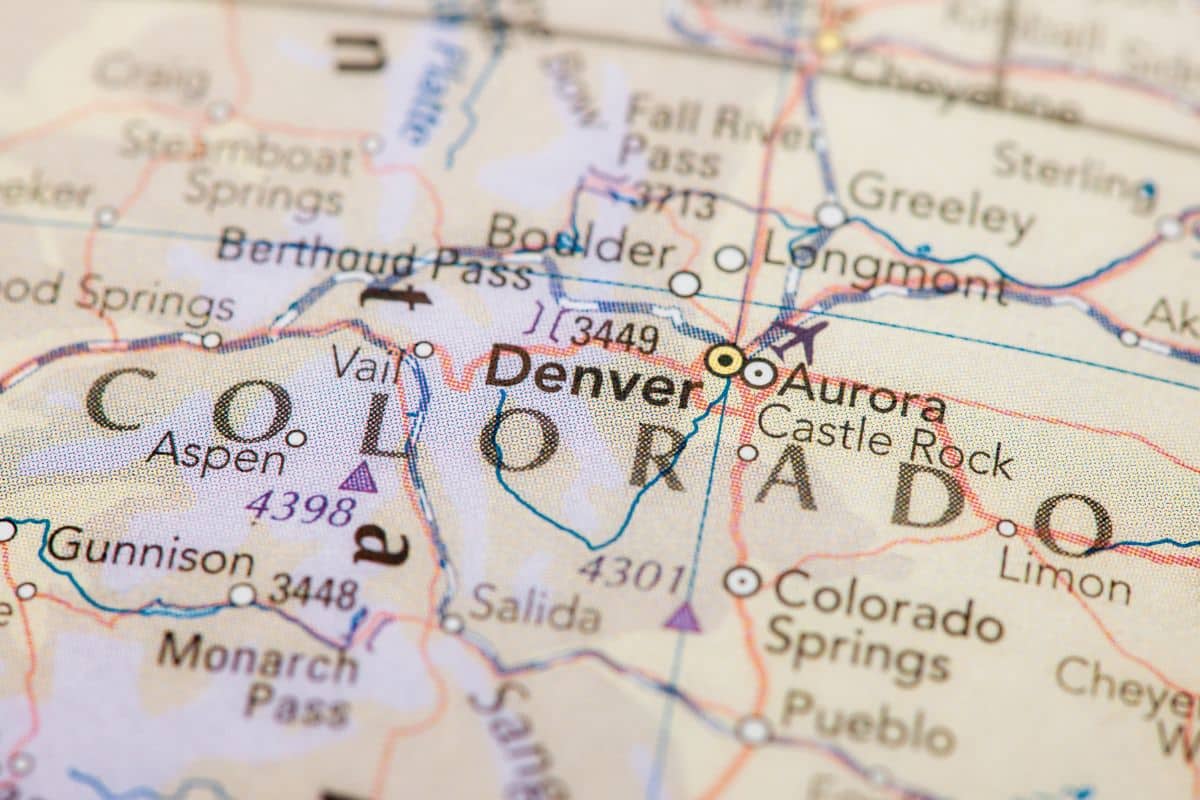Colorado’s diverse landscape spans from arid plains to towering mountains, creating a complex gardening environment for both novice and experienced gardeners. Understanding your specific planting zone in Colorado is essential for selecting appropriate plants and planning your garden calendar effectively. Let’s explore Colorado’s planting zones and how they impact your gardening success.
Understanding Colorado’s planting zones
Colorado encompasses several USDA hardiness zones, ranging primarily from 3 to 7. These zones are determined by the average annual minimum winter temperatures, which vary dramatically across the state due to its unique topography. The majority of Colorado falls within zones 4 and 5, with some warmer microclimates in zone 6 and colder mountain regions in zone 3.
Zone 3 areas experience extremely cold winters with minimum temperatures between -40°F and -30°F. These regions include high mountain communities like Leadville and parts of the San Juan Mountains. Gardeners in these areas must select extremely cold-hardy plants and have a significantly shorter growing season.
Zone 4 covers much of Colorado’s mountains and higher elevations, with minimum temperatures ranging from -30°F to -20°F. This includes communities such as Aspen, Vail, and parts of Summit County. The growing season in Zone 4 typically spans from late May to early September, requiring gardeners to select cold-tolerant varieties and focus on quick-maturing plants.
Zone 5 encompasses many of Colorado’s major population centers, including Denver, Boulder, and Colorado Springs. With minimum temperatures between -20°F and -10°F, this zone offers more planting options than zones 3 and 4. If you’re planning for fall color, consider 25 flowers to plant before September for a vibrant fall garden that thrive in Zone 5 conditions.
Zone 6 is found in Colorado’s lower elevations and western valleys, particularly around Grand Junction and parts of the Western Slope. With minimum temperatures between -10°F and 0°F, this zone provides the longest growing season in Colorado and allows for a wider variety of plants, including some more tender perennials and fruits.
It’s important to note that microclimates can create significant variations within these zones. Urban areas often experience slightly warmer temperatures than surrounding rural areas due to the heat island effect, while north-facing slopes stay colder than south-facing ones.
Factors affecting Colorado’s gardening conditions
Beyond hardiness zones, several unique factors influence gardening success in Colorado. Elevation plays a crucial role in determining local growing conditions, with approximately a 3.5°F temperature decrease for every 1,000 feet of elevation gain. This creates dramatic differences in growing seasons across relatively short distances.
Colorado’s climate presents several challenges for gardeners, including:
- Intense sunlight and UV exposure at higher elevations
- Low humidity and rapid soil moisture evaporation
- Dramatic day-to-night temperature fluctuations
- Short growing seasons in mountain communities
- Alkaline soils with high pH levels in many areas
The state’s erratic spring weather patterns often include late frosts that can damage early plantings. Experienced Colorado gardeners know to wait until after Mother’s Day (or even Memorial Day in higher elevations) before setting out tender plants, regardless of what the calendar suggests for their zone.
Soil conditions vary widely across Colorado but tend toward alkalinity, particularly in the eastern plains and urban areas. Most vegetables and many ornamentals prefer slightly acidic soil, so soil amendment is often necessary for optimal plant growth. Adding organic matter not only helps adjust pH but also improves Colorado’s typically clay or sandy native soils.
Water conservation represents another significant consideration for Colorado gardeners. The semi-arid climate means rainfall is limited, particularly in summer months when gardens need moisture most. Drip irrigation, mulching, and selecting drought-tolerant plant varieties help create sustainable gardens in this challenging environment.
Optimizing your garden for Colorado’s growing conditions
Success in Colorado gardening requires working with your specific zone and local conditions rather than against them. For best results, follow these zone-specific strategies:
- Choose native plants adapted to Colorado’s conditions whenever possible
- Select appropriate varieties based on your specific zone and microclimate
- Extend your growing season with cold frames, row covers, or greenhouses
- Protect plants from intense sun with strategic afternoon shade
- Improve soil with ample organic matter before planting
Colorado’s unique climate actually offers distinct advantages for certain plants. Cool-season vegetables often thrive here, and the dry climate reduces many fungal disease problems common in more humid regions. Many herbs, particularly Mediterranean varieties like lavender, rosemary, and thyme, flourish in Colorado’s sunny, dry conditions when placed in appropriate zones.
When selecting perennials, always check both the cold hardiness zone (minimum winter temperature) and heat zone tolerance. Some plants may survive Colorado winters but struggle with summer heat, particularly in lower elevation areas in zones 5 and 6.
Season extension techniques prove particularly valuable in Colorado’s shorter growing seasons. Starting seeds indoors 6-8 weeks before the last frost, using season extenders like row covers in fall, and selecting quick-maturing varieties can all help maximize productivity despite zone limitations.
Remember that Colorado’s zones have been gradually shifting due to climate change. Many areas now experience slightly warmer minimum temperatures than historically recorded. While this may expand planting options, it also creates more volatility in weather patterns, making zone guidelines a starting point rather than absolute rules for plant selection.
By understanding your specific Colorado planting zone and adapting your gardening practices accordingly, you can create a thriving, beautiful garden despite the state’s challenging conditions. The reward is a uniquely Colorado landscape that harmonizes with the natural environment while providing satisfaction throughout the growing season.

